Join A Wine Club To Learn The Differences Between Wine Making And Beer Brewing
You would be surprised at the number of wine clubs there are! Most of these…

You would be surprised at the number of wine clubs there are! Most of these offer subscription services with shipping packages. Having a membership to wine clubs with free shipping means that a selection of wines from different parts of the world is consistently delivered to you. Oftentimes, the deliveries can be made weekly, monthly, quarterly, etc. If you’re looking for the best wine club to join, check if they charge shipping and if they do, how much is it?
Speaking from peoples’ past experiences, we can confidently say that there are numerous problems that arise when it comes to wine delivery. Some of them include hefty shipping costs, breakages, and complex limiting laws about alcohol. Free shipping isn’t the only benefit you get to enjoy after joining a wine club. Such memberships go a long way in simplifying things for their members – Members get unique discounts, a variety of high-quality wines, a superior tasting experience, and the convenience of delivery to your doorstep. In a nutshell, wine clubs are a great bet if you’re looking to broaden your wine tasting experience without any complications.
Wine is made and beer is brewed. Why so?
Since both wine and beer are often alcoholic beverages (we have some non-alcoholic variants for both in the market – an alternative for teetotalers), they share some similarities. And despite the misconception, they can both appeal to the elite – some people believe that beer is a cheap drink that appeals to the common people while wine is an expensive drink for classy people only. They also have many differences too and we’re going to dive into that shortly.
Let’s get started as we summarize the differences that come up during the manufacturing process:
- The ingredients used
This is the main difference between the two as they’re both made from very different raw materials. For wine grapes are the main ingredients although some manufacturers may add seeds and roots to influence the flavors. Different varieties of grape berries may be used.
Only dry ingredients are used for beer processing. These include wheat, barley, rye, and yeast – the type and amount of ingredient used determines the type of the final product. The most common types of beers from different parts of the world include lager beer, craft beer, dark beer, French beer, etc. Water is added in the last stages during brewing.
- The actual manufacturing process
As we’ve seen, wine and beer are made with different ingredients so naturally, the processing methods are also different. For wine, the grapes are squeezed to extract the juices. The fruits may need to be peeled beforehand depending on the type of wine being made .i.e. the skins have to be removed when making white wine but are left intact to release the pigment when making red wine. Upon fermentation, the sugars slowly turn into alcohol, and over time, their quantity decreases as the alcohol volume increases. A sulfur dioxide treatment is introduced after fermentation to maintain the wine’s fruitiness and freshness. Lastly, the wine is stored in barrels using a storage method suitable for the type of wine produced.
For beer brewing, the grain ingredients are first harvested, dried, then soaked to release sugars after which yeast is added. Let’s break down a little further – the grains are first crushed to expose the fermentable starches. Next, the flour is mixed with hot water to form a mash which is a sugar solution. The liquified mash is filtered after which it’s boiled then cooled. Fermentation then takes place in the presence of yeast. Afterward, the liquid is distilled, filtered, and purified before packaging.
- Their shelf lives
This is yet another key difference between wine and beer. The time required for the two to become ready to drink depends on a few factors and varies significantly. The time between production and consumption is longer for wine. Wines take months or even years to mature – before you can drink them- and the longer they age, the better they age. This explains where the saying about aging like fine wine comes from.
For beers, you only need to store them for a few weeks (two weeks is enough) after which the brew can be bottled and sold for consumption.
- Their storage
Both wines and beers are stored in barrels. The type of barrels used is what makes the difference. For example, almost all winemakers store their wine in oak barrels because these add onto the flavor of the wine as it ages. If you didn’t know why wine takes on the taste of wood most times, now you do!
On the other hand, modern craft brewers prefer to store their beer in metallic barrels as opposed to wooden ones since these are reusable and easier to clean. Talk about taking care of the environment while taking hygiene seriously!
So why do we make wine and brew beer?
To summarize what we’ve already talked about; when wine is being produced, the juice is extracted from grapes through pressing and gets fermented later on. The juices already contain some sugar so there’s no need to add artificial sugars before fermentation.
On the other hand, when beer is being produced, the grains are soaked in water at a specific temperature to extract starches. This process is called steeping. The complex starches extracted have to be converted into simple sugars before fermentation can take place. This entire process for beer preparation is called brewing and is very similar to the process used to produce coffee and tea.
There’s no steeping involved when producing wine, so we can’t say that it’s brewed.
Conclusion
To wrap up, we’d like to make it clear that whether you prefer beer to wine or vice versa that’s a personal preference. The most important thing is that both drinks contain alcohol so you’ll still get drunk if your end goal is to get drunk – either as a way of unwinding or having a good time with friends in the bar. However, the alcohol content varies between the drinks and depending on the ingredients used. Just make sure that you don’t engage in excessive intake for either.




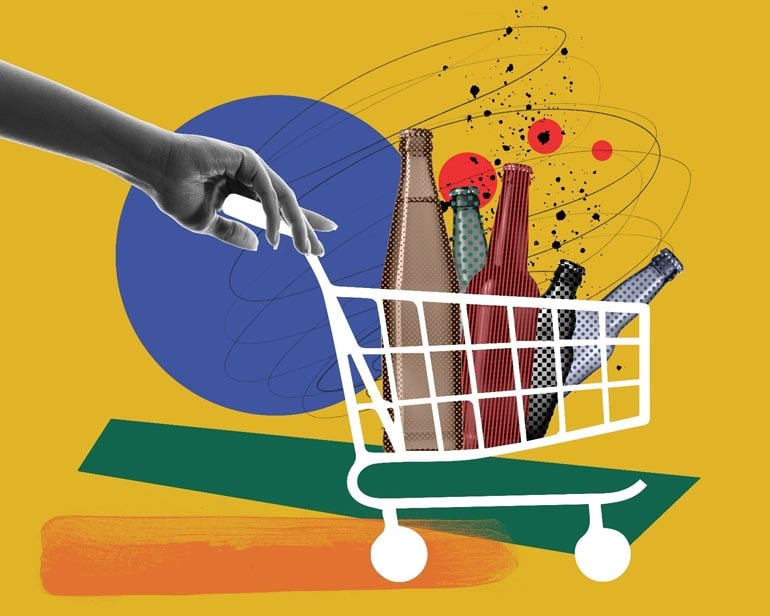


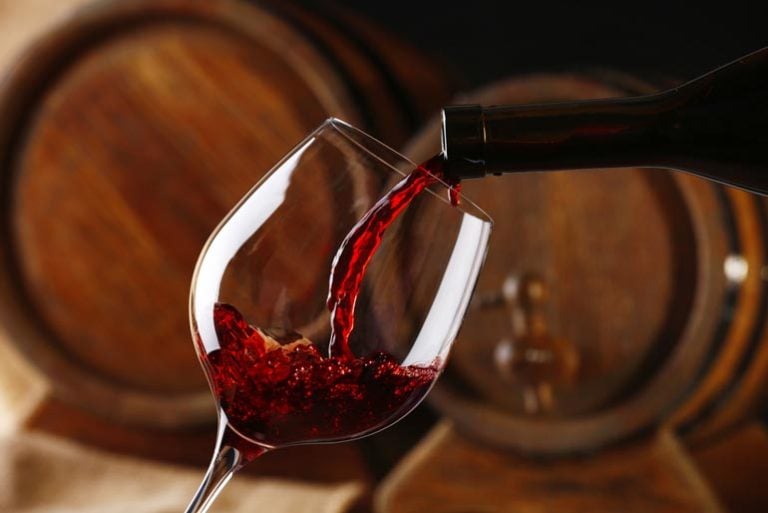

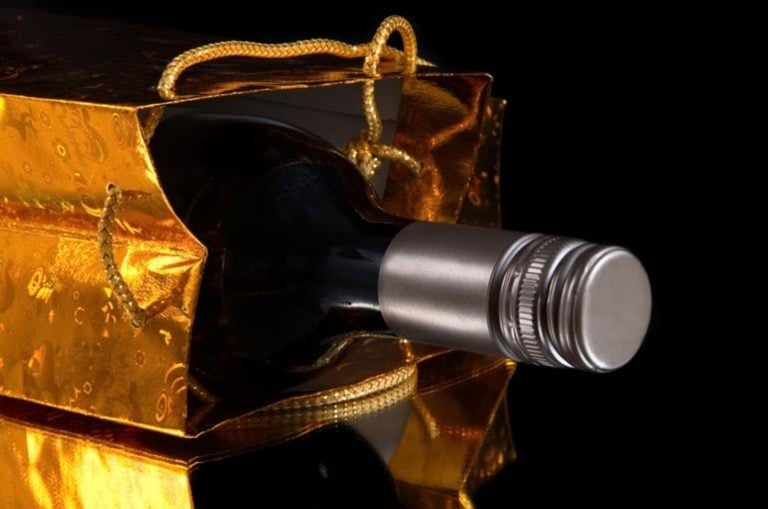
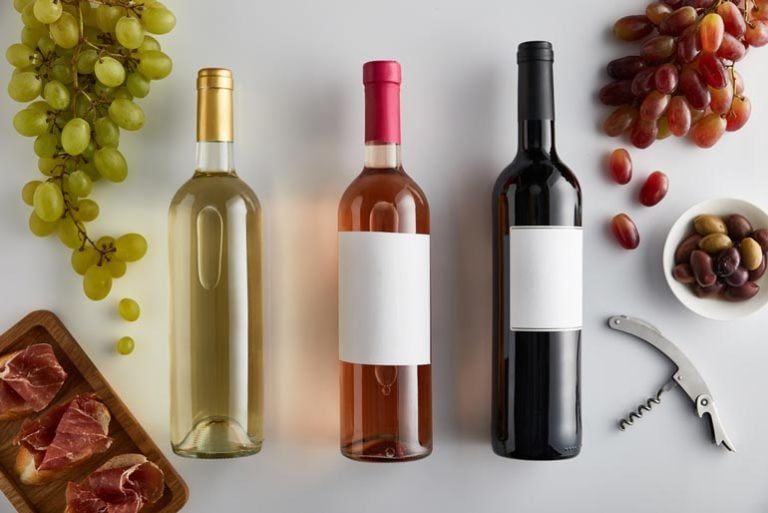

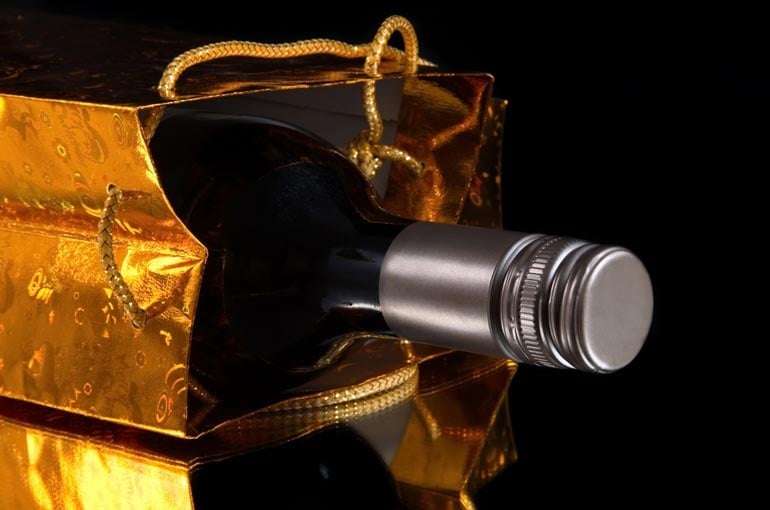
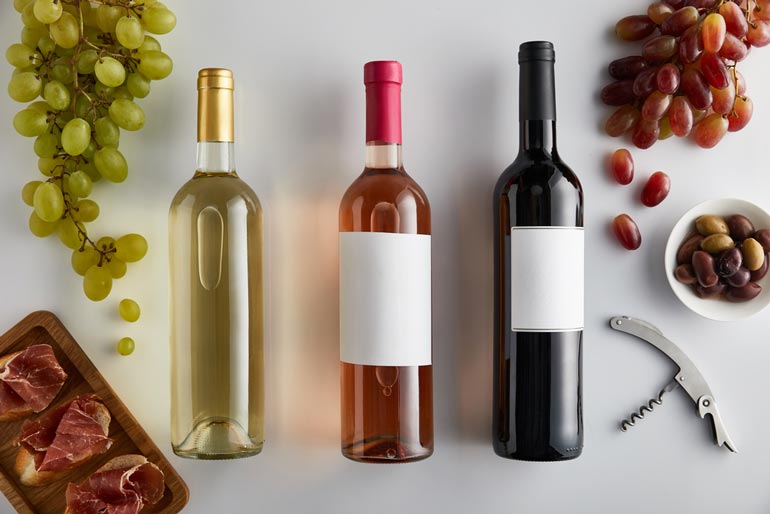


Comments 0
No Readers' Pick yet.